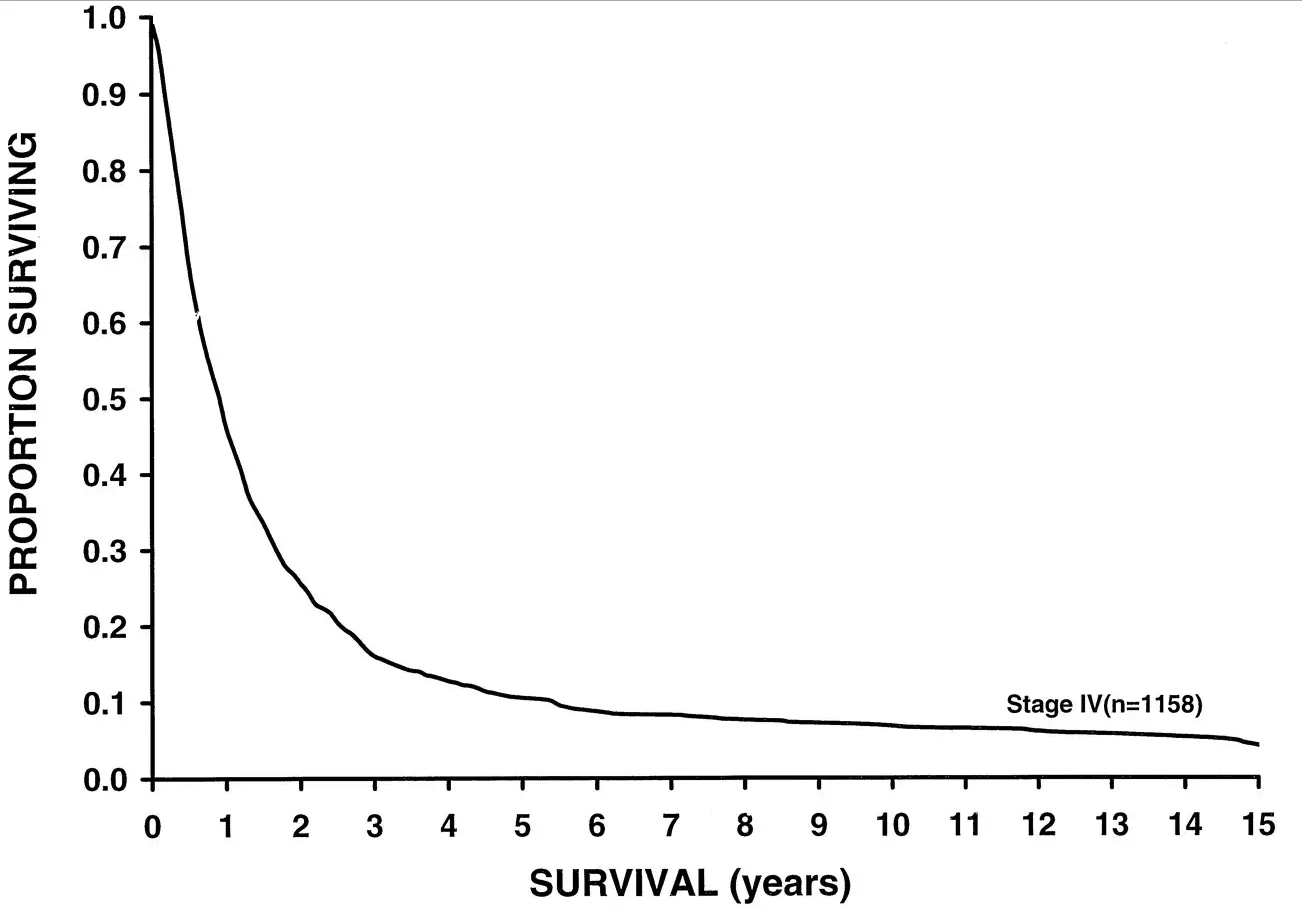Sudden Cardiac Death in Young People: More Answers
/When tragedy strikes, physicians are often asked to answer two questions. The first is the how question. How did this happen? Long illnesses provide time for patients and family members alike to come to terms with a diagnosis and prognosis. Not always, and not easily, but the time is there. In the case of sudden cardiac death in a young person, there is no time. Sudden cardiac death is a condition that feels out of place in 2016. That a healthy person can be alive and then, simply, not, feels wrong to modern sensibilities. Nevertheless, the incidence of sudden cardiac death, about 1 per 100,000 young people per year is similar across multiple countries and cultures. Now a manuscript appearing in the New England Journal of Medicine attempts to shed light on how sudden cardiac death can happen. For the video version of this post, click here.
The researchers examined literally every case of sudden cardiac death occurring in individuals less than age 35 in Australia and New Zealand from 2010 to 2012 in a prospective fashion. With each of the 490 cases, they examined autopsy and toxicology reports to determine how the death occurred. While 60% of the cases were explainable by conditions like coronary artery disease and hypertrophic cardiomyopathy, a disturbing 40% had no revealing findings.
So they expanded the search, in a subset of that 40%, the researchers performed advanced genetic sequencing to look for gene mutations that could predispose to sudden death. They found mutations of that type in 27% of the otherwise unexplained cases. While the gap of understanding was narrowed a bit, the how question remained unanswered for many individuals.
Now I should mention that identifying disease-causing mutations is not as easy as it sounds. Most of the mutations identified were classified as “probably pathogenic”. Basically, that means that the mutations are predicted to do harmful things to the protein they affect, but we don’t know for sure at this time.
To take the analysis a step farther, the researchers examined family members of the deceased to screen for the presence of heritable cardiac conditions. In 12 of 91 families screened, such a condition – like long QT syndrome – was found.
So what we have here is a great example of a well-conducted, methodical, and meticulous study that has moved us incrementally towards greater understanding. For some of the families who suddenly lost a loved one – the answer to “how did this happen” is now clear.
Of course that’s only one of the two questions we get asked. The other is “why did this happen”? And that’s a question that no methodology, no matter how advanced, can answer.




















